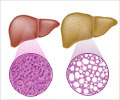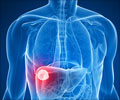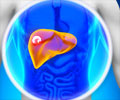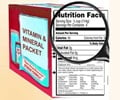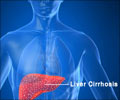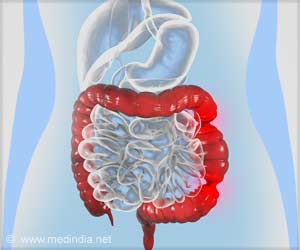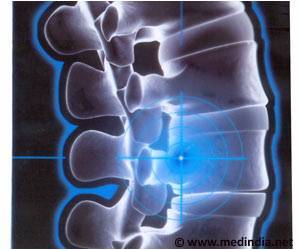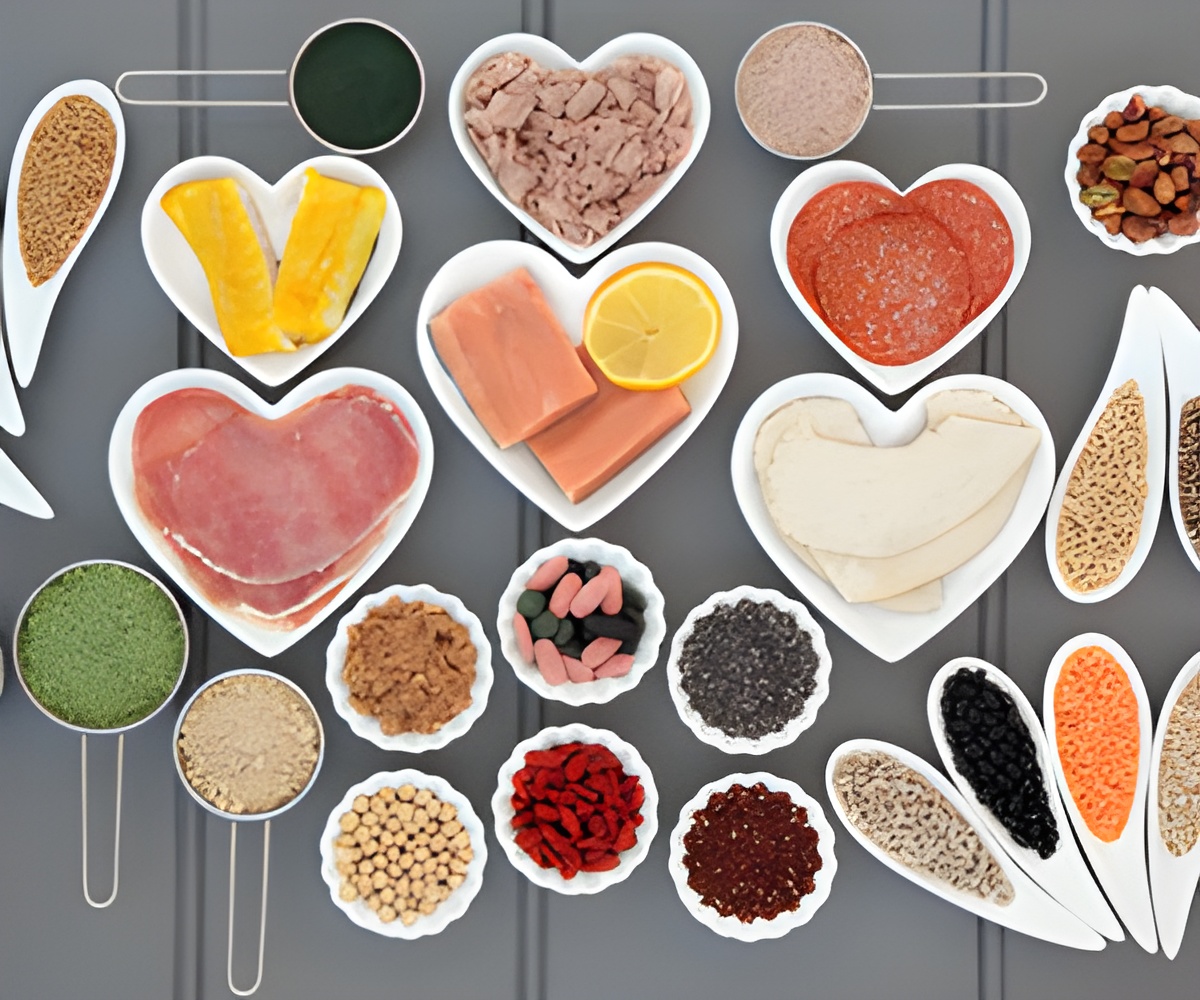
‘Researchers discover how liver responds so quickly to food. The new finding could help better understand metabolism and some forms of diabetes.’
Tweet it Now
It was known that a RNA-binding protein called NONO was implicated in regulating daily ("circadian") rhythms in the body. But Panda, along with first author Giorgia Benegiamo, a former graduate student in the Panda lab, and their collaborators wondered whether NONO had a specific role in the liver. They analyzed levels of NONO in response to feeding and fasting in mice. After the animals ate, speckled clumps of NONO suddenly appeared in their liver cells, newly attached to RNA molecules. Within half an hour, the levels of corresponding proteins--those encoded by the NONO-bound RNA--increased. "After mice eat, it looks as if NONO brings all these RNAs together and processes them so they can be used to make proteins," says Panda.
When mice lacked NONO, it took more than three hours for levels of the same proteins, involved in processing glucose, to increase. During that time lag, blood glucose levels shot up to unhealthy levels. Since blood glucose levels are also heightened in diabetes, the researchers think that the mice without NONO may act as a model to study some forms of the disease.
"Understanding how glucose storage and fat burning are regulated at the molecular level will be important for the development of new therapies against obesity and diabetes," says Benegiamo.
Questions still remain about how exactly NONO is triggered to attach to the pre-RNA molecules after a meal. And Panda is hoping to assemble a more complete list of all the pre-RNAs that NONO binds to--in both the liver and other parts of the body. NONO has been found at high levels in the brain and muscle cells, so the researchers are planning studies to see whether is reacts similarly in those organs to food.
Advertisement

